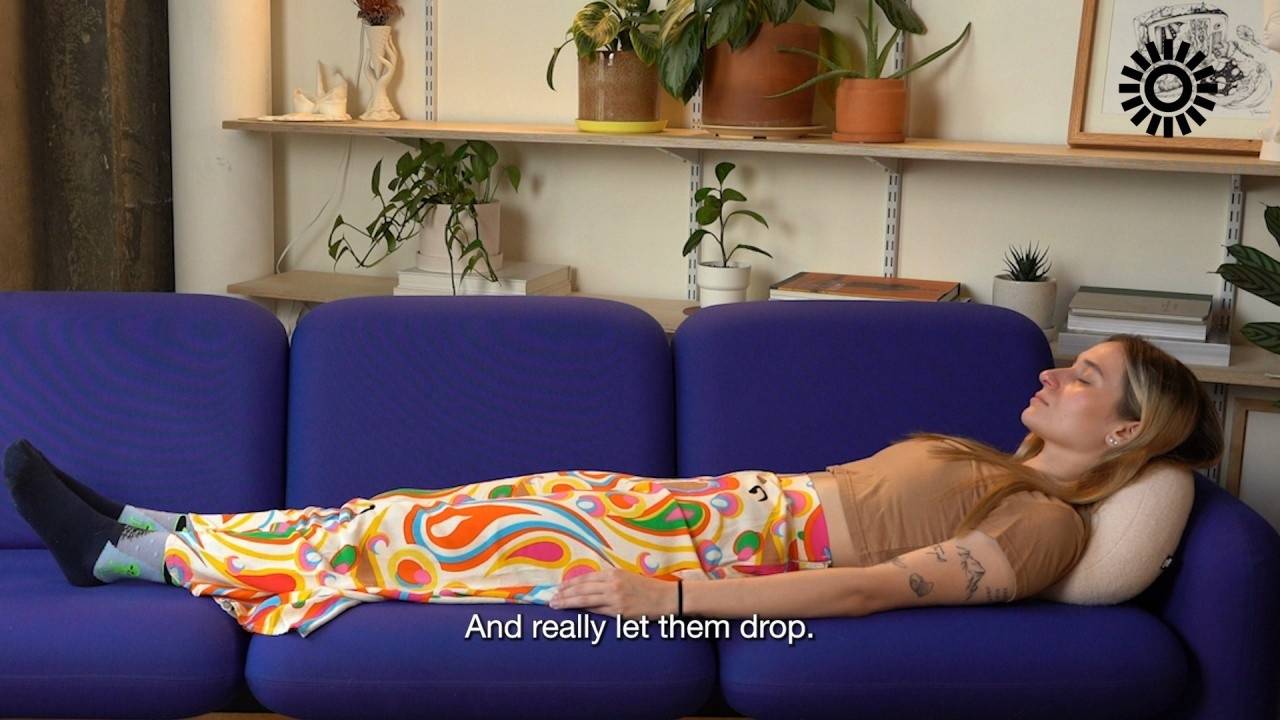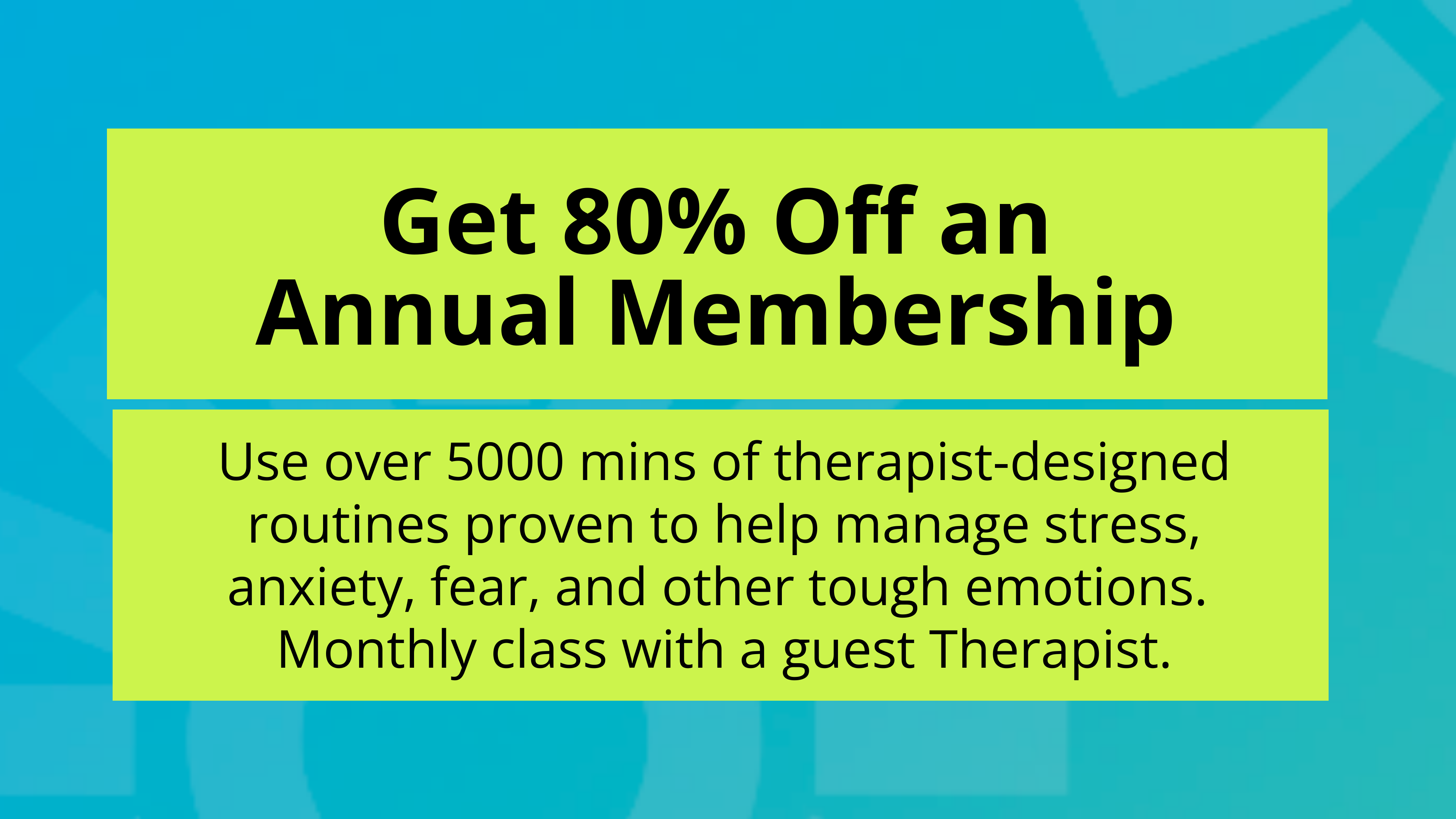6 Step Process for Triggers
May 28, 2022
by Alyson Stoner and Movement Genius
Given how delicate this topic is, it is possible it may be triggering. Below is a somatic exercise you can use along the way to help self-regulate. If something becomes unmanageable during the journal prompts, activities or movement course, stop and seek outside support.
This six-step process interpolates concepts from Integrative Psychotherapy and trauma expert Peter Levine:
1. Notice
Start where you are. Take a moment to tune into the inner sensations, emotions and thoughts that are present with this trigger. Notice your breath and heart rate, your attitude, and any other relevant details.
2. Recall Safety
Now, recall a time or place you felt safe and at ease, perhaps when you felt like your authentic self. You can also imagine a person with whom you feel protected and secure. Sense into this experience and allow this to be an available resource for managing the discomfort of the trigger.
3. Re-Watch The Tape
Next, return to the trigger and consider what happened to activate this stress response. When did it start? Where did you first feel it? As you’re able, recount the moments from feeling calm to feeling triggered. Take your time. What are the images, thoughts or feelings that activated your stress response?
4. Visit Your Safe Place
Bring to mind your safe place again. Allow the comfort and support of this person or place to assuage some of the discomfort. This can help you remain within your window of tolerance and not go past your edges. Perhaps your safe place brings some softness to tense muscles or some depth to your breathing.
5. Offer Safety and Solutions
From this space of safety and wider awareness, gently examine the trigger again and notice any changes to your inner experience. Now imagine your safe person or place “stepping in” and providing a perspective or solution that allows you to overcome the trigger successfully. This could be an encouraging word to remind you that you’re safe. It could be pointing out a different path of escape. It could be harnessing a superpower. You can get creative. Play out the solution until you reach the point of resolution and equilibrium. If this doesn’t unfold right away or seamlessly, it’s okay. Being present with your experience and having compassion for yourself is a part of processing the trigger. If needed, set aside these steps and simply focus on grounding into a relaxed awareness.
6. Somatic Touch
If you’d like to involve physical touch, you can place a hand or body part safely on the areas that are shifting from being triggered to feeling calm. Breathe into the areas and allow tension to begin releasing head-to-toe. Sometimes a gentle wiggle can “shake off” the stress, like an animal does after it’s spooked.
Above all, please know that there is no singular destination with the topic of trust and touch. As you move through the rest of your day, simply begin to notice what kind of contact feels safe and good, including zero contact at all. Certain areas of your body might prefer a little more space and others may enjoy support. Specific beliefs or associations may arise regarding different parts of the body or different motions. If it feels authentic, offer acceptance to each area of your body. If you find this form of connection to be healing and enriching, proceed with love and respect. Conversely, if the most loving thing you can do is skip this section, then set your boundary and congratulate yourself on a beautiful step forward in listening to the wisdom of your body.
REWATCH THE 'STRESS RELIEF FOR RECOVERY' CLASS WITH MONUMENT HERE: Youtube Replay
Stay in the know.
Sign up for our emails to find out about our monthly themes and new classes.
We hate SPAM. We will never sell your information, for any reason.

